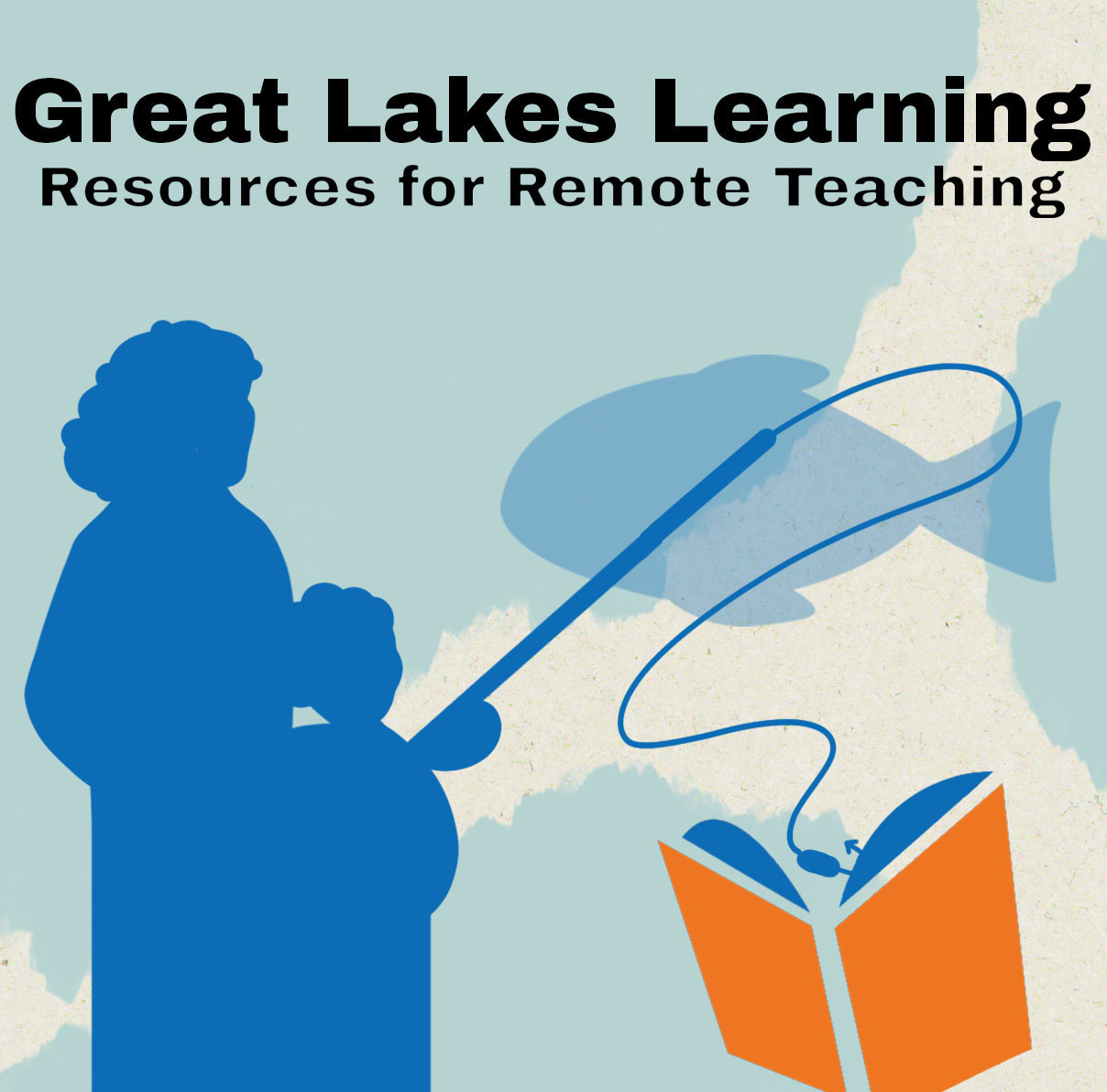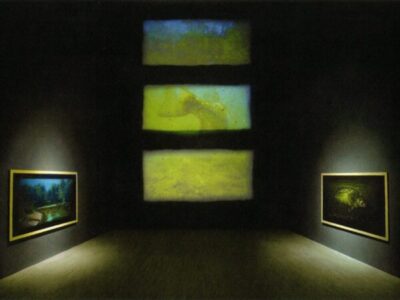
 As the author of Great Lakes Now’s collection of lesson plans, educational consultant Gary Abud Jr. is now providing more support for parents, teachers and caregivers who want to incorporate Great Lakes learning into their time with children and students. Find the lesson plans and the virtual field trip online HERE.
As the author of Great Lakes Now’s collection of lesson plans, educational consultant Gary Abud Jr. is now providing more support for parents, teachers and caregivers who want to incorporate Great Lakes learning into their time with children and students. Find the lesson plans and the virtual field trip online HERE.
If it hasn’t already happened yet, your yard is probably about to pool up with water from a rainstorm. Fortunately, April showers bring May flowers, right? But besides the comforting smell of petrichor, what else does springtime rain give us?
As it turns out, precipitation is crucial for replenishing the groundwater that millions of people in the U.S. depend on for drinking water. That’s because in counties around the country, many people rely on water directly from wells to hydrate their households.
Groundwater has been called “the sixth great lake” at times because of its importance and the amount of it available in the Great Lakes region. That’s why each of our collections of lessons about the Great Lakes has a focus on groundwater.
In the first collection, we explore the Water Beyond the Lakes, where students will investigate various features of the Great Lakes basin—including groundwater. In the second collection, we consider the Supply and Demand of Groundwater as threats to the available groundwater impact residents and communities.
Housed within these lessons are a series of activities and resources that will help students and adults alike to understand and appreciate groundwater. We’ve organized the lesson resources here (and added some bonus content about groundwater) into five categories of learning experiences that you can use to teach about groundwater from home.

Great Lakes map, Courtesy of the Fred A. and Barbara M. Erb Family Foundation
1) Maps
Sometimes it can be hard to imagine that there are reservoirs of groundwater underneath your backyard. And not just thinking about where all that water comes from, but also how it moves, can be difficult to comprehend.
That’s why maps create a great visual way to understand what’s going on with groundwater. Here are a few to get you started:

Great Lakes Now production team shooting episode 1012 stand ups
2) Pictures and Videos
If a picture is worth a thousand words, then what is the value of a video? However you like to consume your multimedia, in order for learning to stick, there has to be a visual component. Try any of these graphics or videos to help make groundwater more comprehensible:

Groundwater Beneath the Surface
3) Simulations
One of the challenging things about teaching the topic of groundwater is that it cannot be easily observed. That’s why simulations and animations can be helpful for individuals to interact with the visuals that they see. The feedback from simulations will help students to articulate what they think about groundwater, get feedback on their ideas and refine their understanding.
Try one of these online simulations to get (digitally) hands on with groundwater:

4) Reading
Whether you’re reading together or your student is old enough to read on their own, reading facts and stories about scientific topics is still one of the best ways to learn.
Check out this list of journalistic articles and scientific explanations about groundwater. After reading any of these, be sure to discuss with your student what they learned:
- FAQ on groundwater (article)
- Report — The Sixth Great Lake
- Is groundwater a sixth Great Lake? (article)
- Groundwater fact sheet
- What is groundwater?
5) Activities
If you don’t have time to conduct a full lesson, you can try out some of the following activities for learning more about groundwater:
- Model how groundwater collects using kitchen sponges with the ‘visualize it this way’ activity at the end of this article from the U.S. Geological Survey.
- Play this interactive game from PBS LearningMedia to see how well you know groundwater.
- Test your knowledge with this groundwater trivia quiz from the U.S. Geological Survey.
- Learn what it’s like to investigate groundwater pollution and see how well you can do finding the source of contamination in this groundwater pollution detective game.
The vital importance of groundwater for millions of Americans cannot be overstated. And while still many other citizens get their water from municipal sources and not wells, having an appreciation for groundwater cannot go to waste.
Next time it rains, ask your child where they think all the water goes as it disappears off of the lawn. And while you’re at it, be sure to step outside and take in the smell of rain with them.
It’ll set up a great conversation and open the door to learn more about why groundwater is so important—and petrichor.
Take a look at the other tips and lessons in the Great Lakes Learning series:
Great Lakes Learning: Plan a destination dinner on a Great Lakes island
Great Lakes Learning: How to get your students chatting – productively – in online lessons
Great Lakes Learning: Tips for growing a fatberg at home (safely!)




